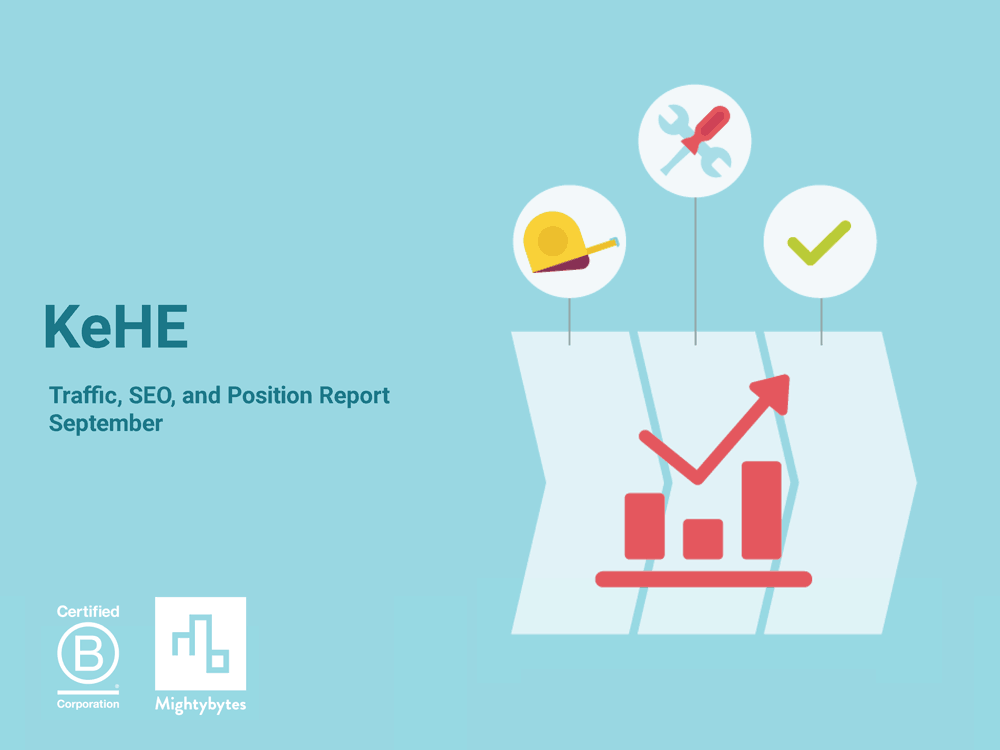What is Your Data Disposal Strategy?

In this post, we discuss the benefits and potential pitfalls of your organization’s data disposal practices.
Are You a Data Hoarder?
Small-to-midsize businesses and nonprofits tend to underutilize the data they collect. Most have insufficient resources or expertise to analyze and convert raw data into actionable insights. Yet many people understand that their data could be useful, so they continue to collect it.
However, just because there’s no expiration date on your data doesn’t mean that you should hold onto it indefinitely. Read on to learn how good data disposal practices are an important component of any sustainable data strategy and how failing to dispose of certain data types can put your organization at legal risk.
Data Has a “Best By” Date
For many organizations, data typically has a long shelf life. Historical data can play an important role in creating a functional digital strategy and measuring incremental progress against your goals. However, data can also devalue over time.
For example, in 2020, when the COVID-19 pandemic started, internet use skyrocketed. Coinciding with that, many of our clients saw increased web traffic and differences in user behavior. However, due to the COVID-induced increase in global internet use, it became harder to isolate whether those increases were the result of our marketing strategies or natural gains due to the changing environment.
It became apparent that 2019 data had lost some of its value as a valid benchmark for the new post-COVID world. During 2020, we doubled down on month over month comparisons for our reports because it was important to make sure that those pandemic trends were reflected.
The data from 2019 still has value, particularly when researching how the pandemic impacted certain businesses. However, for our purposes, its usefulness becomes less specific and more about observing and understanding trends over time. In other words, 2019’s ‘best by’ date was sometime before the first lockdown.
In this case, storing huge amounts of data going back years and years became less and less effective. But what’s the harm in keeping it?

Why Should You Care About How Much Data You Store?
We’ve begun to realize that having so much data is not necessarily as valuable as we thought — in many ways, it’s becoming more of a liability than an asset. But there are ways to approach our sea of data so that we can leverage its true power.
— Erik Eizenberg, Forbes, Why Yes, There is Such a Thing as Too Much Data (And Why You Should Care)
Data can be critical to business success, but with great power comes great responsibility:
- Security: Collecting and storing data requires organizations to prioritize security and data privacy.
- Efficiency: Poor data management practices can undermine efficiency within your organization.
- Sustainability: Inefficient data practices use resources you may or may not have. This not only costs your organization time and money, but there are social and environmental costs as well.
Businesses must show greater urgency in figuring out what data is worth keeping and what is not or face sometimes dire consequences.
The Environmental Impacts of Data Storage
We often think of the cloud as being a near-magic space where you can house all your data in perpetuity, with little cost or impact. However, this couldn’t be further from the truth. In actuality, the “cloud” is made of millions of data centers that require huge amounts of (mostly fossil fuel-based) energy and resources to run. Some estimates claim data centers are responsible for 2.5% of all human-produced greenhouse gas emissions. This outpaces the commercial aviation industry industry by about .4%.
Globally, we produced 62 million tonnes of e-waste in 2022. While some of this comes from consumer devices, another major source is retired hardware from data centers around the world. Inefficient software and unnecessarily storing data over long periods of time can shorten hardware lifespan.
For both cloud and enterprise data centers, hardware investment is a $185 billion per year market. Yet only 12.5% of e-waste is recycled each year. Plus, toxic chemicals from e-waste leach into our soil, air, and waterways.
Cloud computing makes many modern work arrangements functional. However, cloud storage and enterprise computing in general come at a cost for the planet. We all must think about adopting a data disposal policy. For the purpose of this post, the message is clear: do what is possible to reduce your reliance on cloud storage as a place for depreciated or otherwise outdated data.
Finding Data Scientists in Small Organizations
Compounding this, most small organizations don’t have the luxury of hiring a dedicated data analyst, let alone a team of them. Accessing and interpreting analytics data for actionable insights can be time consuming or downright challenging.
If data champions exist within these organizations, they are often overburdened, don’t have the right tools or training, or operate in a silo. Rarely do they have the capacity to prioritize efficient data disposal or management practices.
If nobody leads the data charge, things deteriorate quickly. Data management is sloppy or nonexistent. Data is collected and stored without purpose, security, or informed consent. This leads to ethical, operational, and sometimes legal challenges for the organization.
To become data-driven, organizations of any size must support the data champions on their team and give them the tools necessary to create success. This includes support from leadership, proper resources, training, and the flexibility to make mistakes along their learning journey.
Data Privacy and the “Right to be Forgotten”
Collecting and retaining personal data from your customers can reveal new opportunities for your organization. However, if not managed properly, this can also leave you vulnerable to legal problems. Regulations such as GDPR and the CCPA work to guarantee users a level of privacy with regards to their data.
When you collect data, it is increasingly important to get consent from users via secure methods. Gaining user consent isn’t complicated but many businesses still neglect to do so, putting them at legal risk.
Related, these laws also require you to respect users’ “right to be forgotten”. In other words, if they ask to be deleted from your mailing list or customer database, it is your responsibility to comply. Fines for failing to do so can be steep.
Every organization should create policies and practices for such requests. Questions to consider asking include:
- Where is this user data stored? Is it in multiple systems or just one?
- What is the plan for disposing of a users’ data? Are we simply removing users from a list or deleting their data altogether? (It should be the latter.)
- Can this process be automated? Should it be?
- Is there a clear, public-facing policy on our website that explains all of this in easy to understand language?
If you can’t quickly answer these questions, it may be time to operationalize good data management practices. Having a planned approach to data privacy is paramount in having a sustainable data strategy and showing that you respect your users.
Also, in addition to respecting users, impactful data privacy practices can also be better for the environment as well.

Analysis & Reporting
Good data management practices are vitally important, especially when it comes to analysis and reporting. Data is most useful when it is actionable. You can review data, analyze organizational strengths and weaknesses, and devise an action plan that sets you up for incremental progress and long-term success.
This is why it is important to analyze your data in regular intervals, soon enough after collection that the insights you gain are relevant to current business or marketing goals. We are advocates for reporting on at least a monthly basis.
Every month, we create actionable reports that help our clients improve their marketing efforts. This gives us valuable insights as to the effectiveness of our actions during the previous month. It also provides our clients with an opportunity to change course if they aren’t seeing the desired results.
This focus on continuous improvement can help an organization acknowledge and react to trends happening in near real-time, then adapt their approach based on what they learn. Also, an iterative approach helps them improve and streamline data management and disposal practices over time, improving data sustainability.
Steps Towards a More Sustainable Data Strategy
Finally, if we are ever going to get the impact of data in check, these three things need to happen:
- Legislation: Organizations should advocate for better laws to improve the social and environmental impacts of technological growth in our increasingly data-driven world. This will incentivize other businesses to evolve their data practices.
- Data Strategy: Organizations need to think strategically about how to implement more sustainable data practices, including better policies for management and adopting a data disposal policy.
- Data Capacity: Once an effective strategy is in place, leadership must allocate resources to help teams build capacity so they can more effectively manage data.
This could be a tall order for many small organizations, most of which are already resource-strapped. However, from experience, taking the effort to prioritize good data management and disposal practices will help your organization reduce risk, improve efficiency, and become more effective overall.
Want to learn more on this topic? Check out Improving Your Data Value Chain, a Google Slides deck we co-created with our friends at Hum, or our post on Sustainable Data Governance for Marketers. These resources can help your organization jumpstart efforts to become more data-driven.
Improve Your Data Privacy & Security Practices
Download our free Data Privacy Checklist
Download the Checklist


